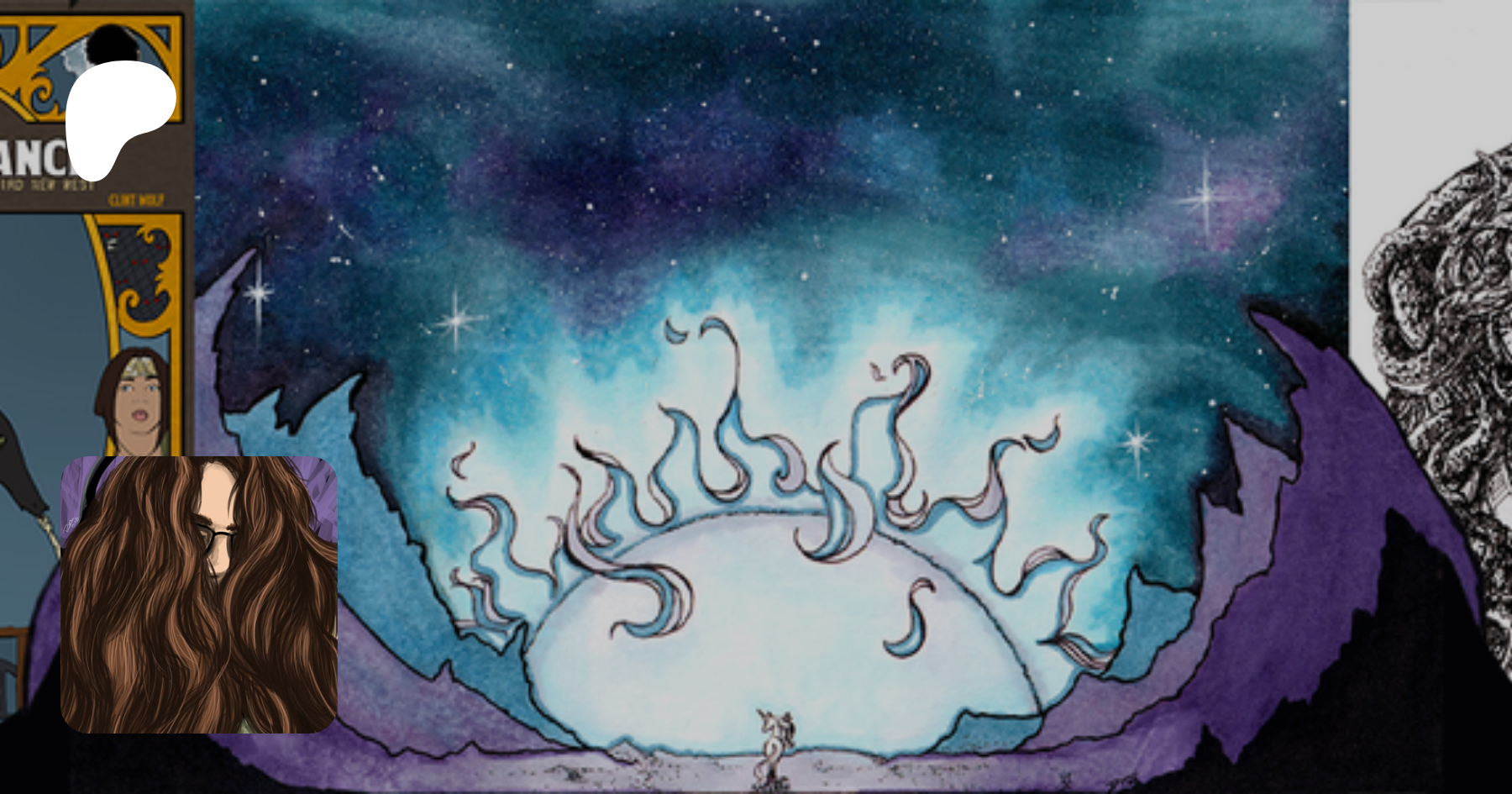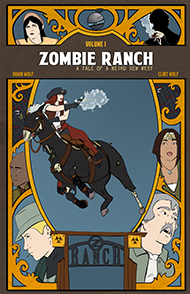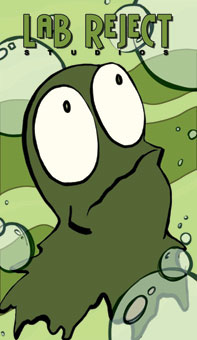You know what one of the greatest ironies of Zombie Ranch (at least for me) is? It’s that despite his demonstrated lack of empathy for fellow human beings and despite all his scheming and plotting from the shadowy depths of his office, our nameless executive has so far been running a reality television show that seems actually pretty real.
Now you might think that that’s no great accomplishment. It’s reality television, right? That means people are going about their business as they usually would, just with the addition of a camera crew recording them. That’s part of the whole allure for producers as well, isn’t it? Not having to pay actors and scriptwriters?
In many cases, you’d be distressingly wrong. On the one end, you get the phenomenon where you have “fix-it” shows like Biggest Loser or Kitchen Nightmares where the fixes don’t stick, often because the real people involved are not any more equipped to handle their problems than when the network swooped in to be their saviors.
“The unfortunate truth is that people on The Biggest Loser don’t do anything but train for the entirety of the season — the show’s producers cover all their expenses during filming. It’s not like they’re going to work and then driving over to the gym to film some sit-ups. They aren’t doing anything except training, under constant supervision, for however many weeks production lasts.”
Now I don’t know about you, but if I had someone paying for healthy meals, personal trainers, and basically me being a professional exerciser (and nothing else) for a few months, I reckon I’d be able to shed some pounds. It’s not really representative of what your average American has the time or money to do, and so almost inevitably when the cameras leave and the contestants return to their normal lives, back come the pounds. But we the audience don’t need to know that any more than we need to know a lot of those restaurants “saved” by Gordon Ramsay are going bankrupt again. Like a fairy tale, we’re led to believe in a Happily Ever After.
The reality, post-“reality”, is far more depressing, but still, at least they’re real people with real reactions, not actors in staged scenes, right? Well, hold on again. They may not be being paid like actual, SAG member actors, but the issue of whether or not they’re being directed is another matter entirely. Read this first-hand account if you dare. See, real-life doesn’t lend itself as neatly to all the narrative devices we’re used to like good guys and bad guys or three act structures where a hero emerges through trials, but a production crew will often be trying to shape it that way, particularly if the premise isn’t one that’s naturally lending itself to interesting conflict. Do the Italian-Americans on Cake Boss really constantly talk like they’re Sopranos extras, or are they being encouraged to exaggerate for entertainment purposes? How many of the back office scenes in Pawn Stars are actually candid?
From the article by Michael Thot I linked above, it’s not that the people involved are being fully scripted, but I’m betting a lot of it is akin to the set-up for improvisational skits: “Okay, Bobby and Sheila, let’s get you into Bobby’s office. Now, Bobby, you know Sheila lost the concert tickets and you’re going to try to get her to confess. Sheila, you try to change the subject. Aaaand… go!” There was possibly even a moment earlier where this happened naturally, but now it’s being restaged. Or does anyone really think the experts that get called in on Pawn Stars are readily available at a moment’s notice whenever someone happens to bring in a questionable antique?
An episode of Heroes of Cosplay supposedly centered around the Emerald City Comicon Masquerade, but the way it was being presented was rather fishy to anyone familiar with the event, right up to there being a “First Place”, “Second Place”, “Third Place”, instead of the usual awards given out by category. It smacked entirely of producers wanting to go with a format they felt would be more familiar to a mass audience and more conducive to the idea of winners and losers. Once I realized that, the wires started showing and I could see that the audience and the stage were in two separate places even though they were being edited to appear to be part of the same room. Most likely scenario was probably that the people involved did compete in and judge the actual competition, but the HoC cast and some others were then pulled from that into a separate smaller room where a more controlled scenario could be played out.
Or there’s personal testimony I have from people like my friend who responded to an actual extras casting call for the reality show Game of Arms. They set up at a bar, and according to him the actual arm wrestling was unscripted and could have gone either way, but everything around that was totally staged. He was paid to be there to whoop and holler and pretend to drink beer (no one got real alcohol) alongside a bunch of other extras doing the same. Perhaps the most bizarre element was the casting call asking for “hipsters and biker-types”, but yeah, if you ever watched that show and wondered how so many people could be that excited over arm wrestling? Now you know.
Clearly, our ClearStream exec has to step up his game. As these things go, he’s still in danger of being entirely too ethical.







